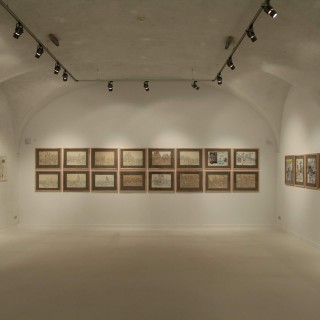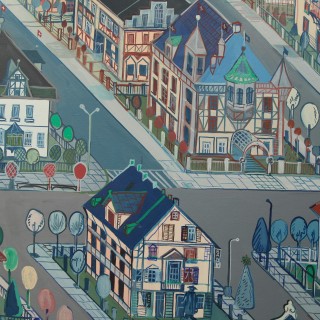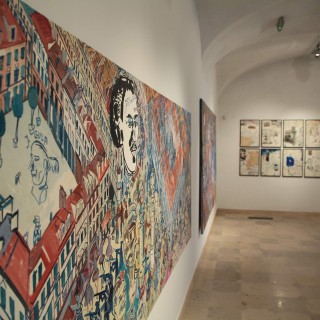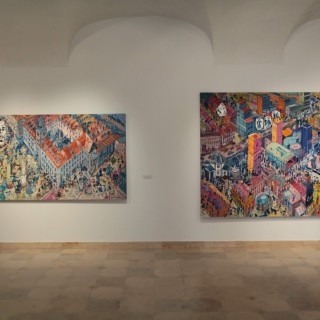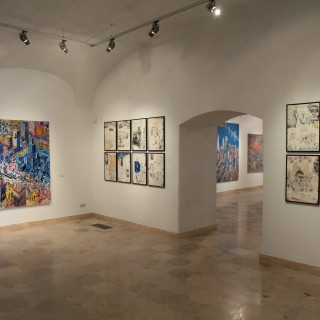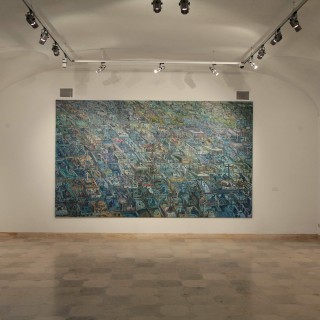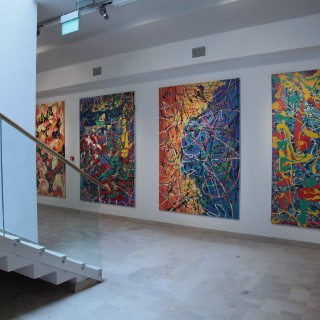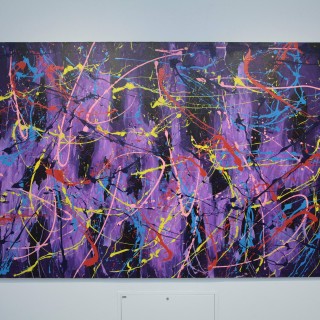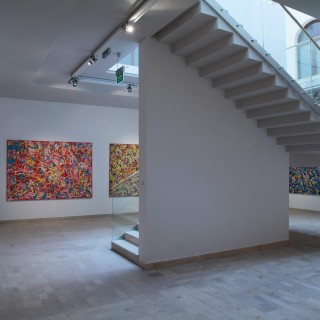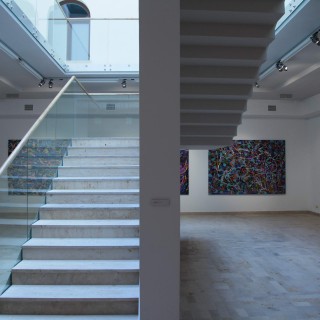EDWARD DWURNIK E. DWURNIK IN LUBLIN
Opening: 28.03.2014, opening hour: 18.00
Open until: 06.05.2014, opening hours: Mon.-Sat. 12.00-18.00
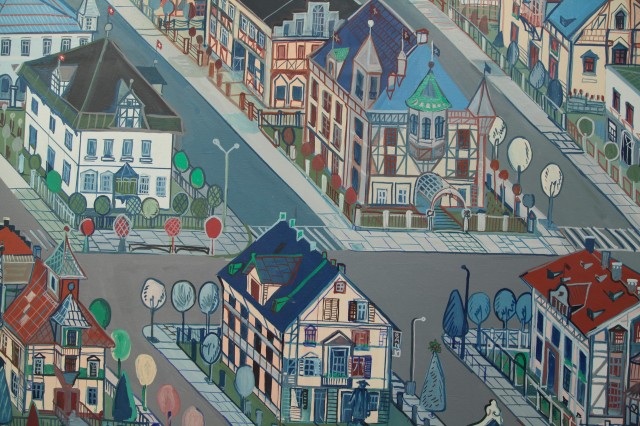
E. Dwurnik in Lublin and Everywhere Else
For over fourty-five years, Edward Dwurnik has consistently commented on, described and depicted the situation of Poland as it was in the times of transformation – when Poland was regarded as a satellite state of the Soviet Union – and as it is today. His artistic oeuvre is considered to be a pictorial chronicle of stories and events, lives, customs, frustrations, traumas, predilections and obsessions of Polish men and women. Dwurnik has developed his own unique and characteristic style of painting, the distinctive manner that makes him recognizable. At first glance, his works – both drawings and paintings – seem hasty and rushed, as if they were only sketches – preliminary studies. However, after thorough examination, especially of his monumental works, we can see how detailed they are and that those details define the time as well as social and political realities.
Why is his art so riveting and intriguing?
Can it be the result of our need to look at ourselves in a distorting mirror, which often reflects an extreme, sarcastic, even repulsive indigenous familiarity?
When it comes to the past, we have tendency to either idealize it or deny it. Dwurnik, however, faces no such dilemmas. He refuses to dissociate himself from all sides of life, the good ones and bad ones alike. Hence, he paints what he wants – cows in the centre of Warsaw or donkeys in Lublin, accompanied by the swarm of people, a throbbing mass, monstrous heads, crosses, clenched fists and monuments. Although there is a lot of everything in his paintings, the artist persistently adds new elements, forming new tangles and knots. Dwurnik’s characters are at variance with themselves and their lives, they are imperfect and ugly, immersed in hopelessness. They are in pain, but they also hurt others. Dwurnik’s cities, sometimes presented in diagonal perspective, are the places where people dance frantically, carouse, brawl, stage demonstrations and parades.
All that we can see in his paintings and still… we want more!
Edward Dwurnik is the author of the systematized series of paintings, including: Road, Plaster Open-Air, Various Blues, Clouds, Moment, Paris, Hitchhiking, Sportsmen, Cross, Warsaw, Passion, Diploma, Portrait, Workers, Sławoszyno, Newspaper, Eastbound, December to June, Long Live the War!, Blue, Romantic, Large Paintings, Counting, Twenty-Third, Open-Air, Twenty-Fifth, Improving Mozart. He continues to expand some of them to this day.
Dwurnik is a very prolific artist and the number of artworks he created is impressive. Each of the said series is comprised of a few dozen to over a thousand paintings (as in the case of Hitchhiking series), and they have been presented in hundreds of galleries and museums all over the world.
(…)
Edward Dwurnik’s first exhibition at the Biała Gallery was held in 2003, as a part of the series Attention! Painting! At the time, the artist presented his gestural abstractions. Five years later, he showed his “portraits” of towns and cities, which were juxtaposed with works by a famous self-taught painter, Nikifor Krynicki.
In 2010, Dwurnik returned to Biała with the paintings from his Sportsmen series. Furthermore, apart from solo exhibitions, the artist participated in the project Art in public spaces, which resulted in him designing two banners that were suspended over the entrance to the Cultural Centre in Lublin in 2008 and 2009.
The artist’s most recent exhibition at Biała (2014) is titled E. Dwurnik in Lublin, where the title E. Dwurnik was taken from the artist’s stamp, which he uses to sign his works, while in Lublin is just our local adjustment.
Our first meeting with the artist took place in his amazing home-studio in Warsaw. Ever since that meeting, the artist has trusted us and become nothing but supportive, giving us carte blanche to make decisions concerning the selection of his works to be presented at the Biała Gallery or the arrangement of the exhibition space.
When we organized Dwurnik’s exhibitions in the past, our goal was always to present his unique art in a different way – to showcase its versatility. It is no different this time. What is new about Dwurnik’s current exhibition, is the fact that we decided to present his early drawings and collages from 1960s and 70s, never exhibited before. (…)
Anna Nawrot
tr. Karolina Banach
(a fragment of the introduction to the exhibition’s catalogue)


